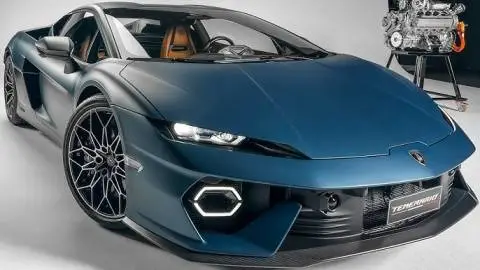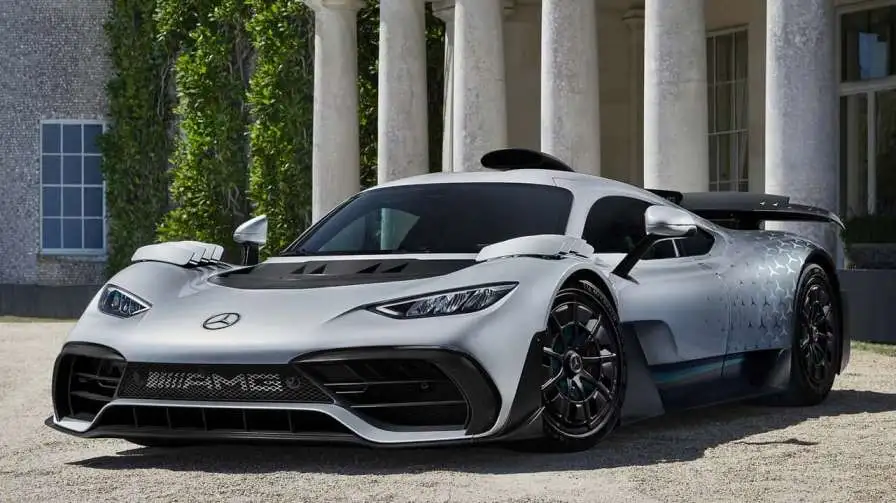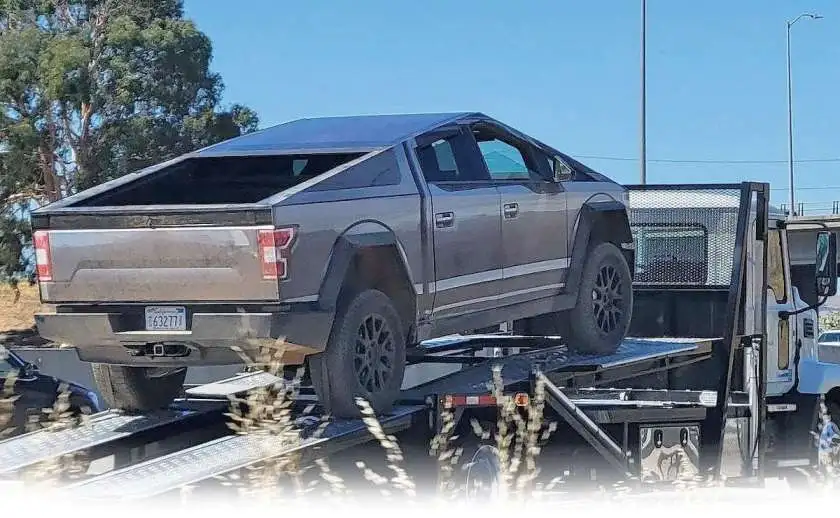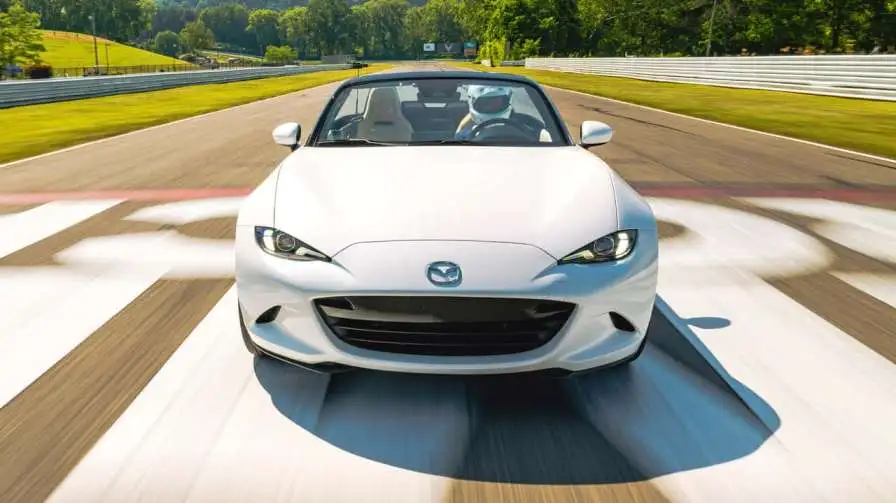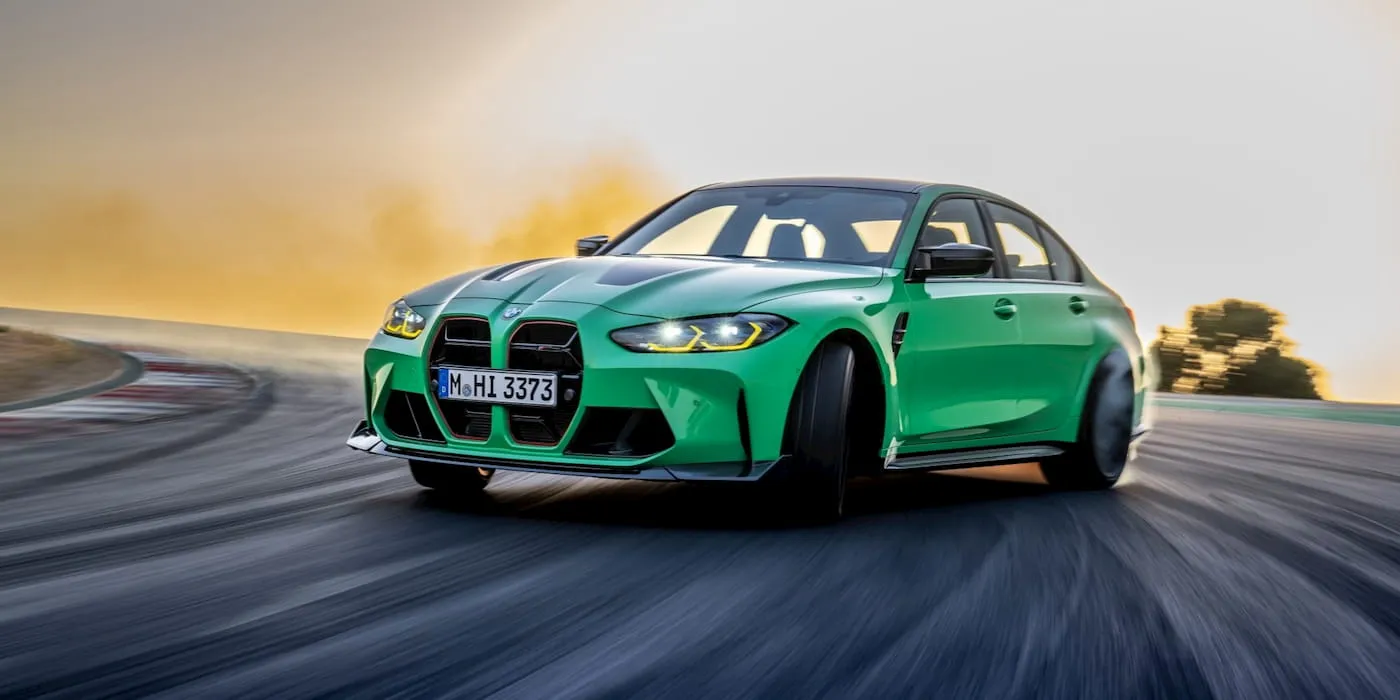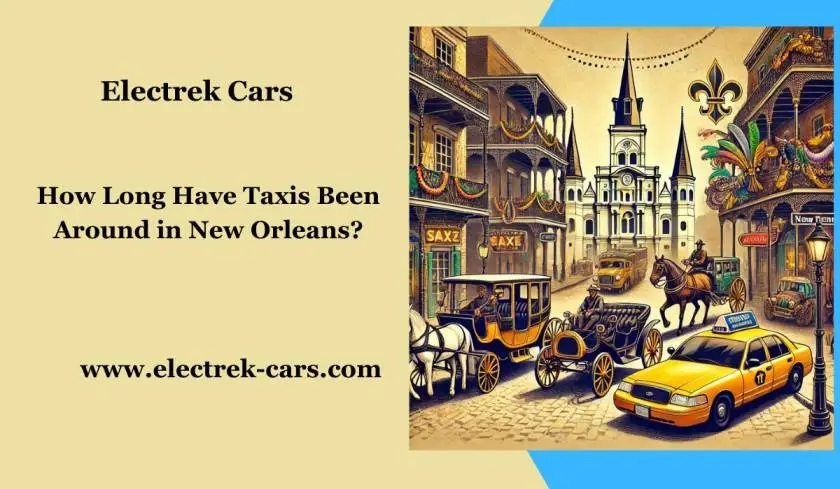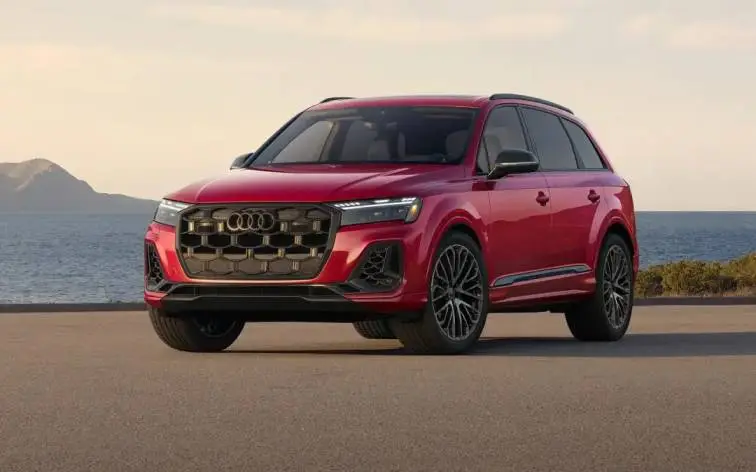Audi is an automaker with quite possibly of the most extravagant history on the planet. In late many years, the Ingolstadt brand has laid down a good foundation for itself as quite possibly of the most trustworthy premium firm available, because of equivalent pieces of quick and lavish vehicles, and special specialized arrangements, for example, the quattro all-wheel-drive framework.
Yet, past elite vehicles and SUVs that make up the ongoing arrangement of the German brand, the fantasy of Audi has been cut out on account of its ideal harmony among liveliness and style.
The main long stretches of Audi's life were fairly violent. Nonetheless, after a time of vulnerability after The Second Great War, Volkswagen at last assumed control over Auto Unión's all's stakes during the 1960s to exploit the information on firms like NSU in its future product offering.
Audi Super 90 (1966)

After Auto Union's ownership changed from Mercedes-Benz to Volkswagen in 1964, the smokey old DKW series was phased out. The front-wheel drive DKW F102 model was updated with four-stroke (rather than two-stroke) engines, and a gradual climb upward began with a rebrand as Audi, a name last seen on an automobile in 1939. The Super 90 was the greatest of the F103 series, with a 1.8-litre twin-choke carb engine producing 89 horsepower and capable of reaching 100 mph.
Audi 100 (1968)
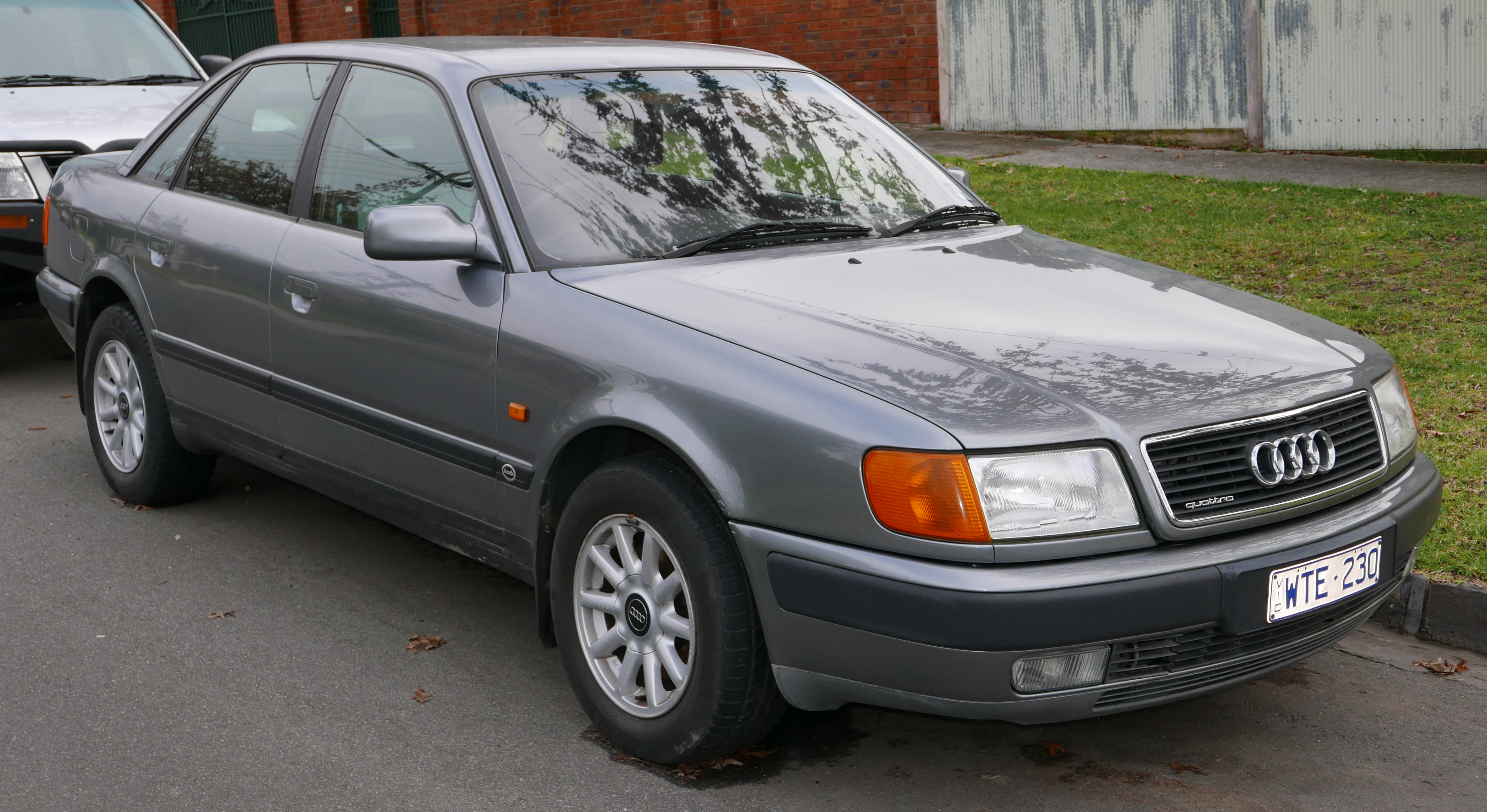
In 1968, Audi introduced its first all-Audi model, which retained some of the old drivetrain (with new strut front suspension) but was housed in a sleek new executive saloon body. The spacious and luxurious cabin, as well as the exacting build quality, drew purchasers away from the Rover 2000 or Citroen DS. Fuel injection for the largest 1.9-litre engine was introduced in 1975.
Audi 100 Coupé S (1969)
Audi must have been pleased with the media's assessment that this four-seater fastback reminded them of a baby Aston Martin. Under the hood was a 115bhp, fuel-injected engine, with vented disc brakes hidden behind larger wheels. This attractive vehicle with a large cockpit would also remain fairly rare, with just over 30,000 examples sold in seven years.
Audi 50 (1974)
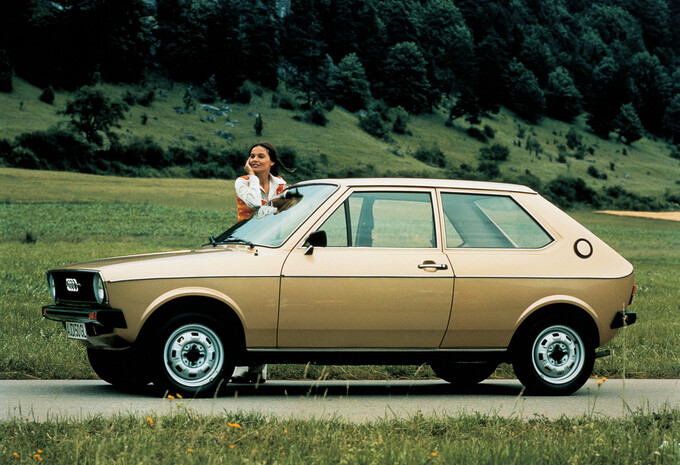
The Little 50 of 1974 can rightfully claim to be the first 'luxury' supermini, with transverse-mounted four-cylinder 1.1- or 1.3-litre engines, front-wheel drive, hatchback, folding rear seat, and Audi allure. The Polo, Volkswagen's version of the identical car, debuted only a few weeks later, and the little Audi 50 was quietly abandoned in 1978.
Audi 80 GTE (1975)
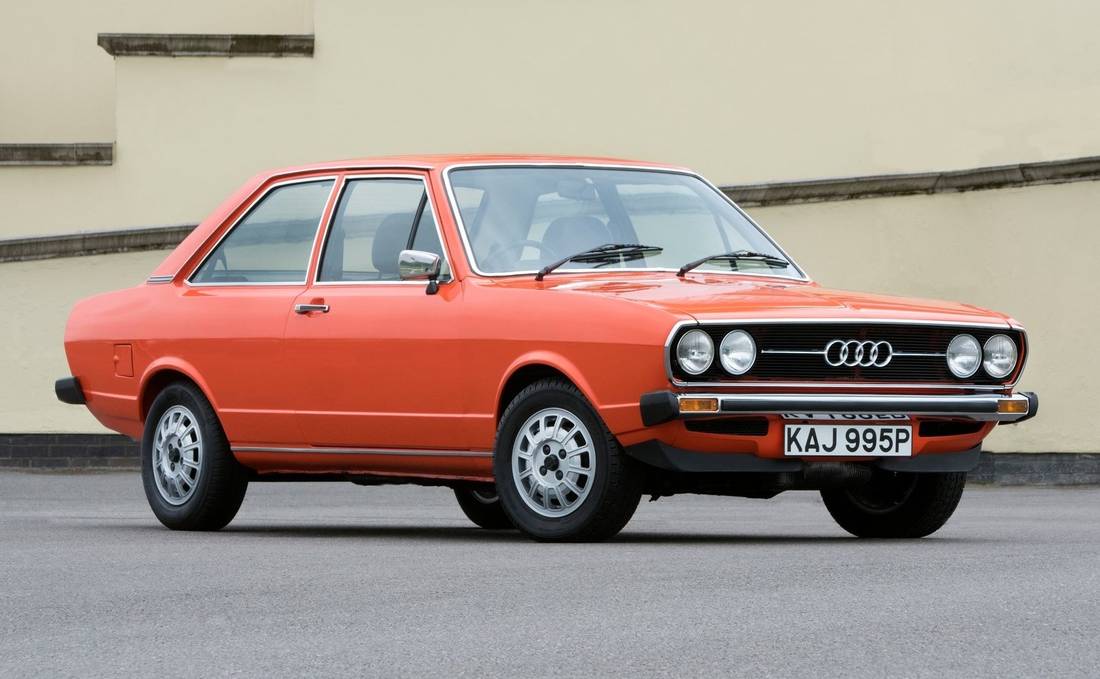
The Audi 80 was well accepted as a high-class small saloon in 1972, earning it the title of European Car of the Year after judges lauded it for its quality, roadholding, comfort, and safety. In 1975, a 1.6-liter engine with Bosch K-Jetronic fuel injection was added to the GTE boy racer, producing 110bhp. This engine found another excellent home in the first Volkswagen Golf GTi.
Audi 200 Turbo (1979)

Audi's initial effort at a super-saloon, with a turbocharged version of their inline five-cylinder engine capable of propelling it to 139mph and 0-60mph in 7.5 seconds, is now largely forgotten. Although the dressed-up 100 body work looked slick, the 170bhp of power through the front wheels had limitations. In North America, the Audi 200 is known as the Audi 5000.
Audi Quattro (1980)
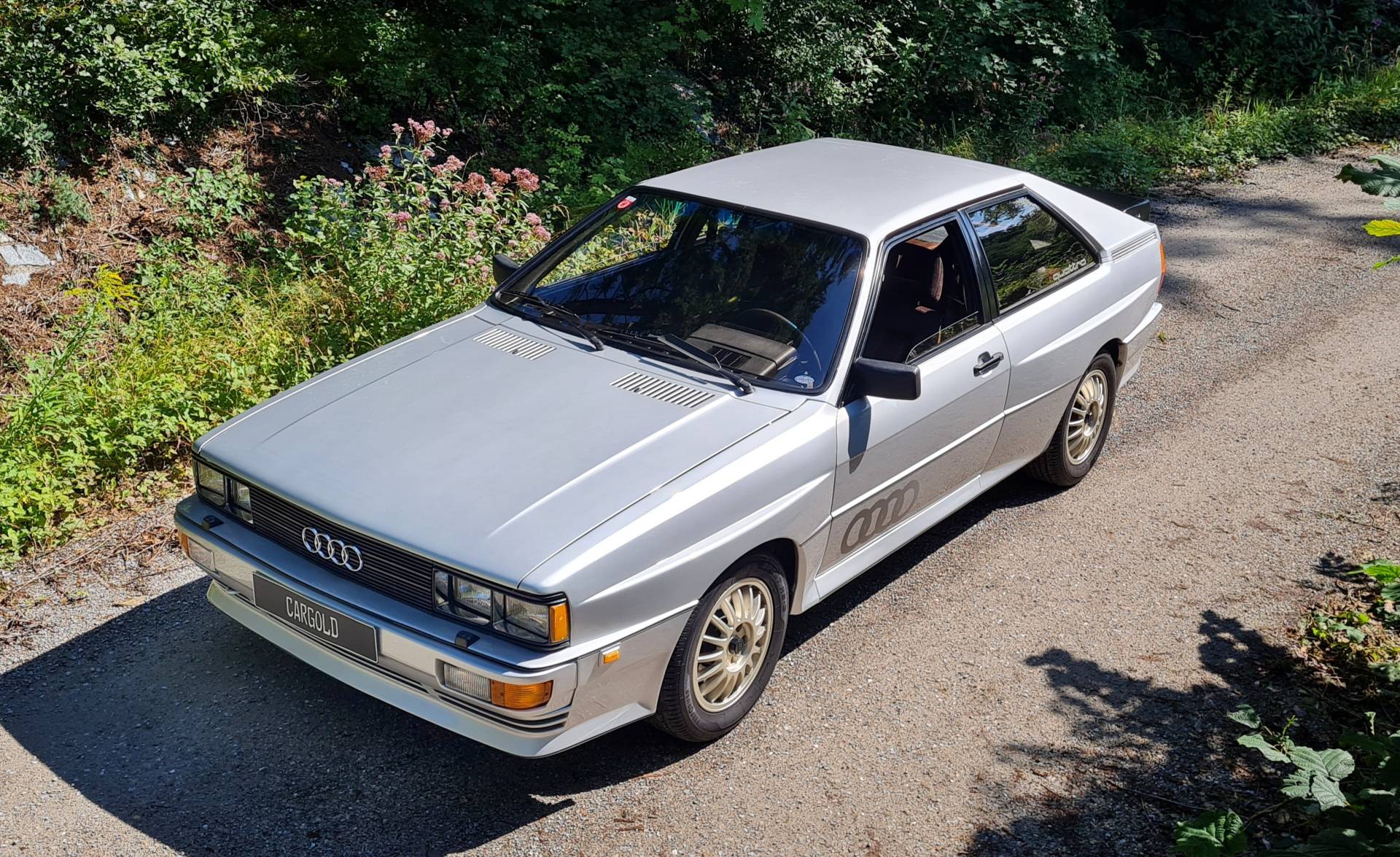
A game-changing performance automobile. The Quattro combined four-wheel drive with a turbocharged engine to create a vehicle whose performance and roadholding were as astonishing as each other. When anti-lock brakes were fitted in 1981, the Quattro's winning formula was complete (and its Audi 80 Coupé roots were nearly unrecognizable), and rally triumphs came in droves.
Audi Pininfarina Quartz (1981)
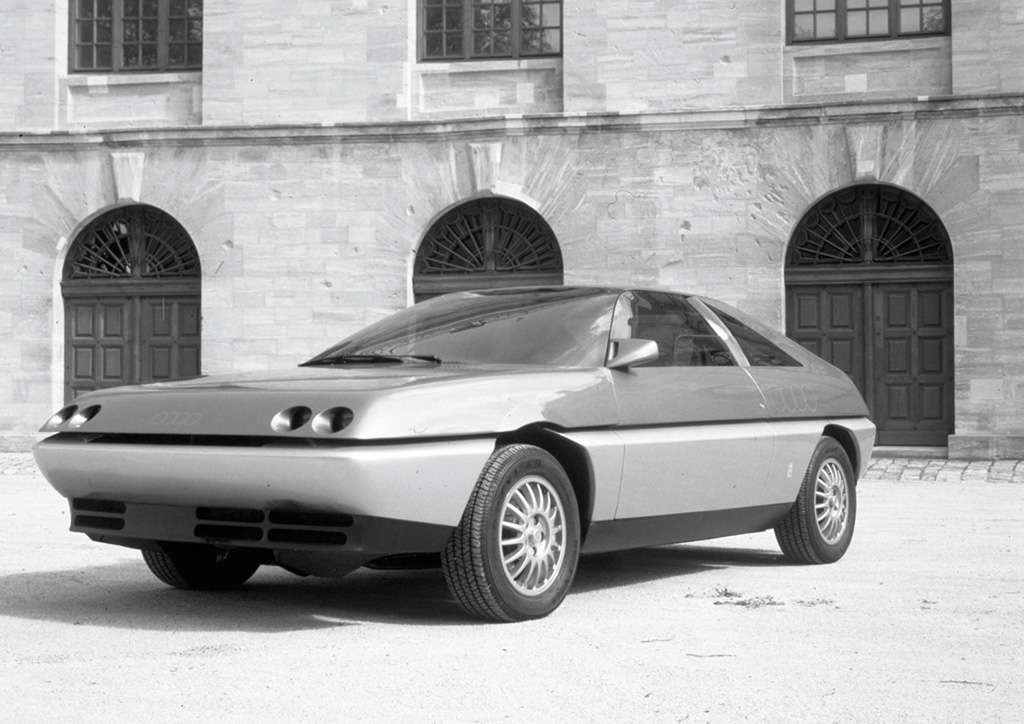
A game-changing performance automobile. The Quattro combined four-wheel drive with a turbocharged engine to create a vehicle whose performance and roadholding were as astonishing as each other. When anti-lock brakes were fitted in 1981, the Quattro's winning formula was complete (and its Audi 80 Coupé roots were nearly unrecognizable), and rally triumphs came in droves.
Audi 80 (1986)

This third-generation Audi 80, smooth and somber, occupied an enviable market position between Mercedes' senior-citizen 190E and BMW's youthful 3 Series, and was enormously successful as a result. The closely related 90 spin-off caters to performance drivers with five-cylinder engines and turbochargers, and both models are available with four-wheel drive.
Audi V8 (1991)
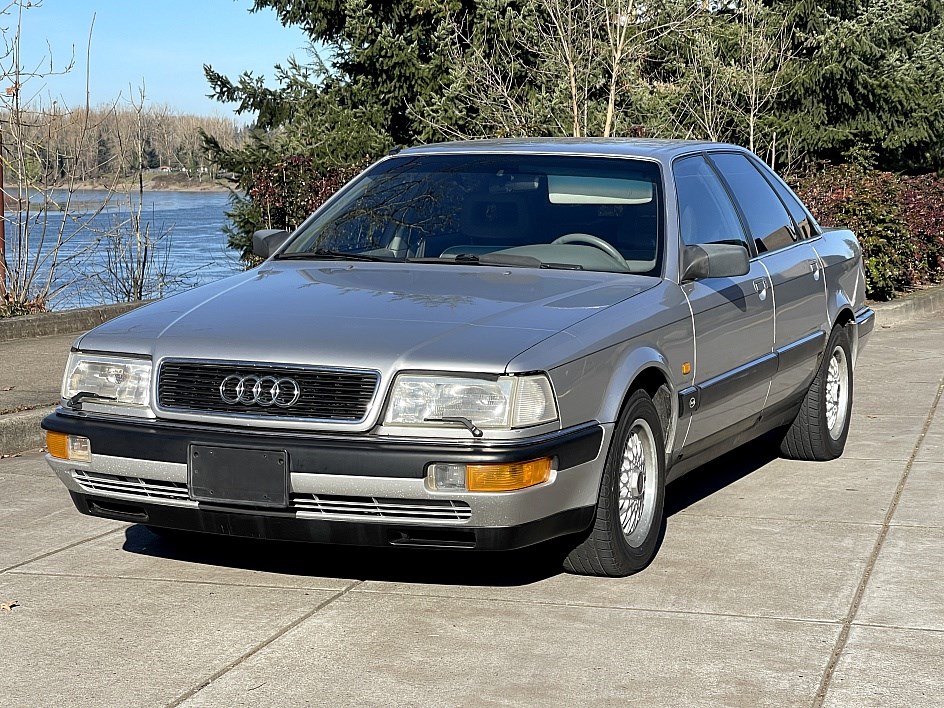
This third-generation Audi 80, smooth and somber, occupied an enviable market position between Mercedes' senior-citizen 190E and BMW's youthful 3 Series, and was enormously successful as a result. The closely related 90 spin-off caters to performance drivers with five-cylinder engines and turbochargers, and both models are available with four-wheel drive.
Audi RS2 (1994)
.jpg?t=167483872459)
Porsche co-developed and built this cult vehicle for its cousin Audi, who was looking for a performance boost to its image at the time. It was based on the 80 Avant, but included a 311bhp five-cylinder turbo engine, a six-speed manual transmission, four-wheel drive, and Porsche's own braking and suspension systems. It was breathtakingly fast, going from 0 to 62 mph in 4.8 seconds, and its 2200 build was always in high demand.
Audi A2 (1999)
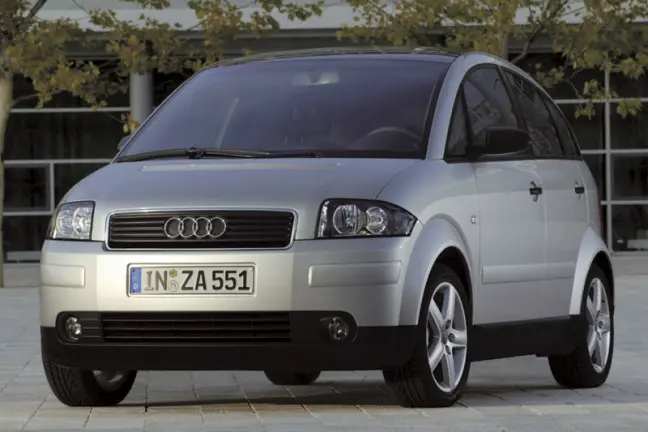
Audi returned to the city car market in 1999 with the A2, a creative take on thrift that included all-aluminium construction, excellent aerodynamic efficiency, and skinny tires. The three-cylinder diesel vehicle could achieve an astonishing 90mpg+, yet the automobile came without an opening bonnet, only a service hatch for fluids and a dipstick. Fascinating and smart, yet very costly considering its size.
Audi Steppenwolf (2000)
Audi's concept vehicles from the 1990s made for intriguing exhibition pieces, but this is undoubtedly the most significant and foreshadowing of the age, a tiny crossover that predicted the dominant design trend of the twentieth century. It had three doors, a removable carbon fibre hardtop, and a 3.2-litre V6 engine, and while it was never available for purchase, its influence was later incorporated into the production Q3. It still looks excellent today.

